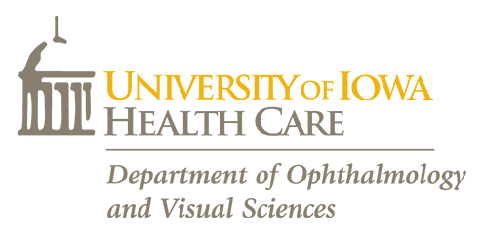PURPOSE:
To determine whether demographic or clinical factors are associated with the outcome of office-based nasolacrimal duct probing for the treatment of congenital nasolacrimal duct obstruction (NLDO).
METHODS:
In two multicenter prospective studies, 384 eyes of 304 children aged 6 to <15 months with NLDO underwent a nasolacrimal duct probing performed in the office using topical anesthesia. Treatment success, defined as no clinical signs of NLDO (epiphora, increased tear lake, or mucous discharge) and no reoperation, was assessed 1 month after probing in one study and 6 months after probing in the other study. Data from both studies were pooled to evaluate associations between baseline characteristics and treatment success.
RESULTS:
Office probing was successful in 75% of eyes overall (95% CI, 70%-80%). The procedure was less successful in eyes of children with bilateral NLDO compared with unilateral NLDO (63% vs 80%; relative risk = 0.78 [95% CI, 0.66-0.92]) and in eyes that had 2 or 3 clinical signs of NLDO compared with one (71% vs 83%; relative risk = 0.88 [95% CI, 0.81-0.96]). Treatment success did not appear to be related to age, specific clinical signs of NLDO, prior treatment, or research study.
CONCLUSIONS:
Performing nasolacrimal duct probing in the office successfully treats NLDO in the majority of cases in children aged 6 to <15 months. The success rate is lower with bilateral disease or when more than one clinical sign of NLDO is present.
TRIAL REGISTRATION:
ClinicalTrials.gov NCT00315289 NCT00780741.
Office probing for treatment of nasolacrimal duct obstruction in infants.
Journal:
Journal of AAPOS
Additional Information:
2014 Feb;18(1):26-30.
Publication Date:
Feb 22 2014
Pubmed ID:

